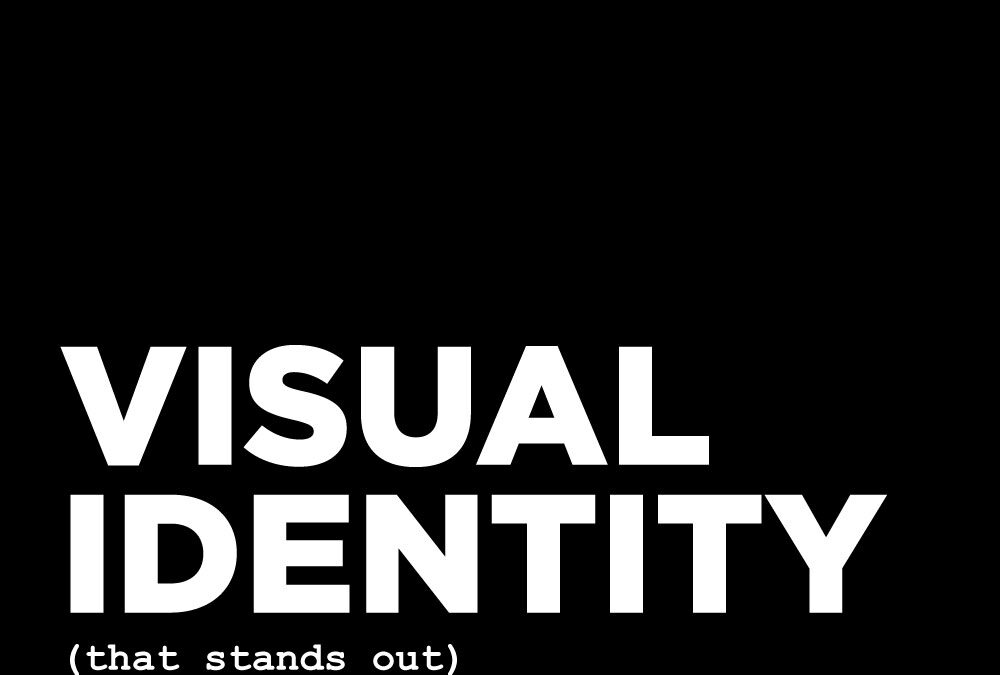Your brand isn’t just a logo or a color palette—it’s the visual story you tell every time someone encounters your business. A strong visual identity helps you build trust, recognition, and loyalty. A weak one? It gets lost in the noise.
Whether you’re a startup, nonprofit, or established business, building a visual identity that stands out is one of the smartest investments you can make. Here’s how to do it.
Start With Your Brand Strategy
A visual identity isn’t just about making things “look good.” It’s about aligning design with your brand’s purpose and personality.
Ask yourself:
- What does my brand stand for?
- Who is my audience?
- How do I want people to feel when they see my brand?
👉 Example: A tech startup may want a clean, modern aesthetic, while a children’s nonprofit might lean into playful colors and friendly illustrations.
Design a Memorable Logo
Your logo is often the first piece of your visual identity people notice. Make sure it’s:
- Simple: Works at any size, from business cards to billboards.
- Timeless: Avoid overly trendy design elements that will feel dated in a year.
- Versatile: Looks good in color, black and white, and on different backgrounds.
- Meaningful: Reflects your mission or values in a subtle but powerful way.
Choose a Consistent Color Palette
Colors evoke emotion. The right palette can help your brand stand out and connect with your audience.
- Red: Passion, urgency, energy
- Blue: Trust, stability, professionalism
- Green: Growth, health, sustainability
- Yellow/Orange: Optimism, warmth, creativity
Stick with 2–3 primary colors and 1–2 secondary colors. Consistency builds recognition.
Pick Fonts That Speak Your Brand’s Language
Typography is more than words—it’s a voice.
- Serif fonts convey tradition and reliability.
- Sans-serif fonts feel modern and approachable.
- Script or display fonts can add personality (but should be used sparingly).
Pro tip: Choose one primary font for headers and one for body text. Keep it consistent across all platforms.
Define Your Visual Elements
A visual identity includes more than just logos, colors, and fonts. Consider:
- Photography style: Bright and bold? Muted and serious?
- Illustrations and icons: Playful, professional, or minimalist?
- Patterns and textures: Add subtle brand flair in backgrounds or layouts.
These elements work together to create a cohesive look and feel.
Create Band Guidelines
Even the best identity falls apart if it isn’t used consistently. That’s why brand guidelines are essential. They act as a playbook for how to use your logo, colors, fonts, and visuals across print and digital platforms.
👉 Example: A guideline might show the exact HEX/RGB codes for your colors, logo spacing rules, and approved font pairings.
Apply Consistently Across All Touchpoints
A strong visual identity works because it’s recognizable. Make sure to apply it consistently to:
- Website and social media
- Business cards and brochures
- Packaging and signage
- Presentations and proposals
Every touchpoint is an opportunity to reinforce your brand.
Your Turn:
What’s the most important design element for you—logo, colors, or fonts? Share your thoughts in the comments!
Final Thoughts
A great visual identity doesn’t just “look good.” It creates a memorable, consistent brand experience that connects with your audience and builds trust over time.
The key is balancing creativity with clarity—so your brand not only stands out but also stands for something.
Contact California Dingo Media Today!
Thanks for reading!
David
(Cali Dingo)

